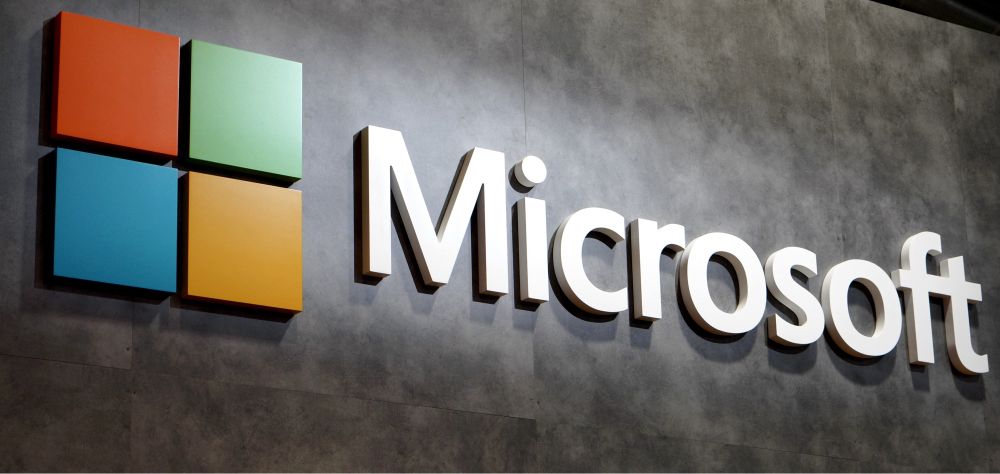Microsoft is expanding its AI features across more Windows devices, letting Intel and AMD-powered Copilot Plus PCs access tools that were previously limited to Qualcomm hardware. Users get real-time translated captions, smarter voice control, and creative tools like AI-powered painting and photo editing. These features are slowly turning Windows into an environment where AI becomes part of every workflow rather than a separate add-on.

Copilot itself is becoming more expressive and natural. A new avatar called Mico adds a touch of personality, reacting to conversations with small emotional cues. The assistant now includes a mode where it can challenge mistaken assumptions instead of blindly agreeing. It also supports group chats with up to 32 people, allowing teams to collaborate while Copilot summarizes, organizes, and suggests next steps.

Microsoft is strengthening the platform on the enterprise side with tighter security, better IT management, and an expanded bug bounty program focused on AI vulnerabilities. Copilot can now connect to outside services like Gmail, Google Drive, and calendars, but only after explicit user consent. The assistant can remember user preferences to deliver more relevant help, though the feature is carefully framed around privacy controls.

Finally, Microsoft is opening the door to multiple AI models by adding Anthropic’s Claude as an alternative engine. This gives businesses more flexibility when deploying Copilot in professional environments. Together, these changes show Microsoft’s intent to push Windows toward an AI-native future where intelligent agents sit at the center of the operating system and daily computing.

#Microsoft #Windows #Copilot #AI #TechUpdate #Innovation #Computing
